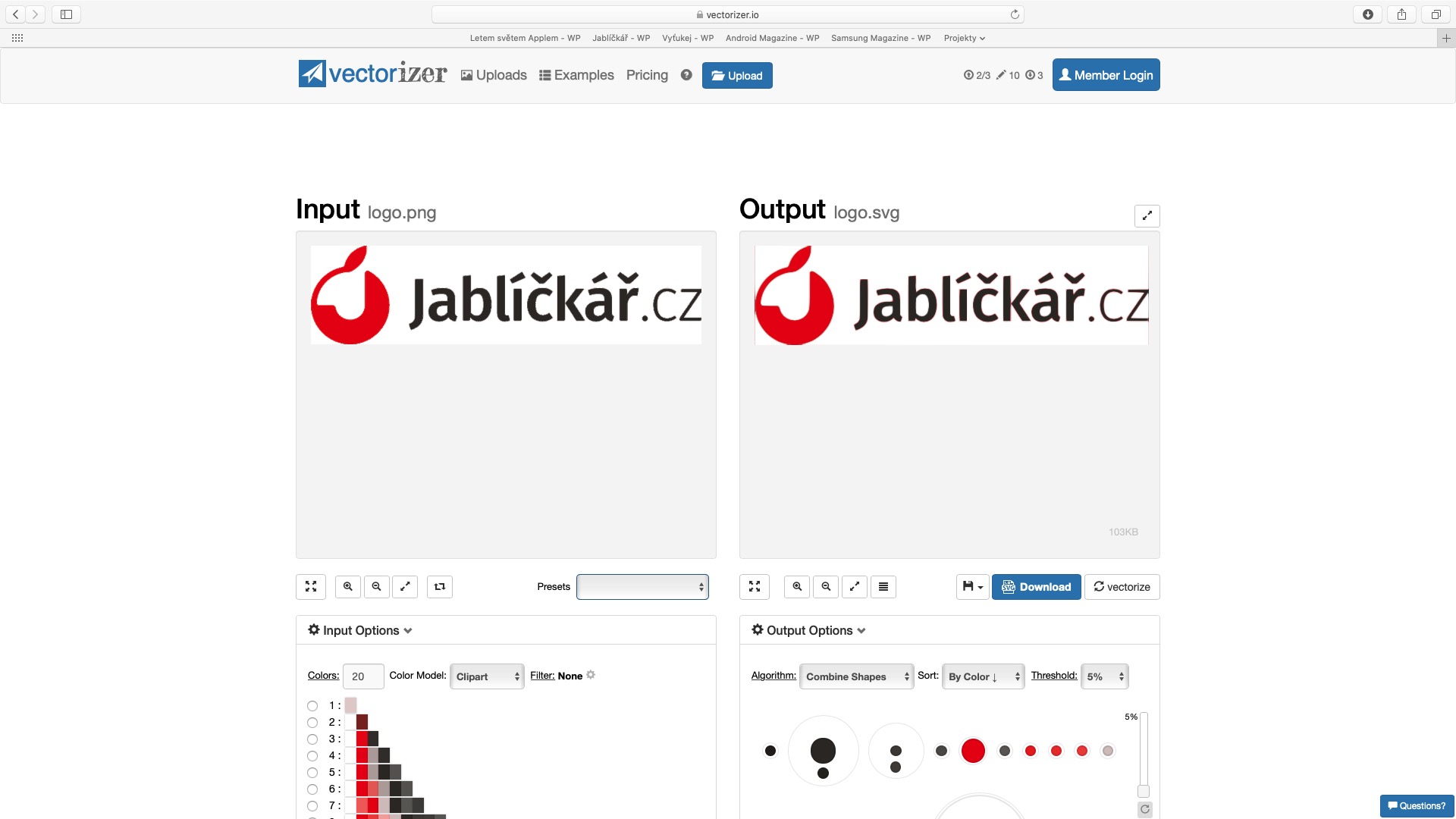

# Fred Hutchinson Cancer Research Center: 70 Max. # 6 McKinsey & Company 385 Atlanta, GA 30318 summary(df) # position # 5 Assistant Professor -TT - Signal Processing & Machine Learning # 2 An Ostentatiously-Excitable Principal Research Assistant to Chief Scientist df <- read.csv("alldata.csv") #read in csv file as ameĭf$description <- as.character(df$description) #change factor to character For example, the summary() function is giving us summaries of the position, company, reviews, and location columns because those were the columns we specified in our argument (the input we passed to the function for it to act on). Note that as part of the arguments we’ll pass to these functions, we’ve specified the columns we want to see. For example, we can see that there are 351 jobs with the title “Data Scientist” and 56 with the title “Machine Learning Engineer”. Then we’ll run the summary() function, passing it that same data frame as an argument, and it will return a summary of each variable in our data set. Then we’ll call the head() function, which takes our input argument (the data frame we just created) and returns the first few rows of data.

Vectorize io code#
In the code snippet below, we’ll first import our data from the CSV as a data frame. This function and the similar head() function are really useful in data science work because they take data you’ve imported (the argument you pass to the function) and produce a visual representation that makes it easier to see what you’re working with (the output). One of the first things we might want to do is take a look at the data we’ve imported, and the summary() function is perfect for that. Imagine that we wanted to do some data analysis with this data set to learn more about data science job postings. We’ll start our exploration of functions by loading a cool data set from Kaggle that contains almost 7,000 US Data Science Job postings. These functions take in an input, called an argument in programming, and perform actions on it to produce an output. If you’ve run any R code before, you’ve probably used built-in R functions like print() or summary(). In R, functions do the same thing: they take inputs and run some R code to produce and return an output. You may recall this concept from math classes, where you probably learned the squaring function, which takes an input number and multiples that number by itself to produce the output answer. In programming, a function describes some process that takes some input, performs some operation or operations on it, and returns the resulting output. What are R functions? In this tutorial, we’re going to take a close look at some different types of functions in R, how they work, and why they’re useful for data science and data analysis tasks. But in R, we can perform very complex operations on large data sets quite quickly using functions. This is the kind of task that might be very time-consuming if we were working in a spreadsheet.

When we’re programming in R, we often want to take a data set, or some subsection of a data set, and do something to it.

JR Functions Tutorial: Writing, Scoping, Vectorizing, and More!


 0 kommentar(er)
0 kommentar(er)
